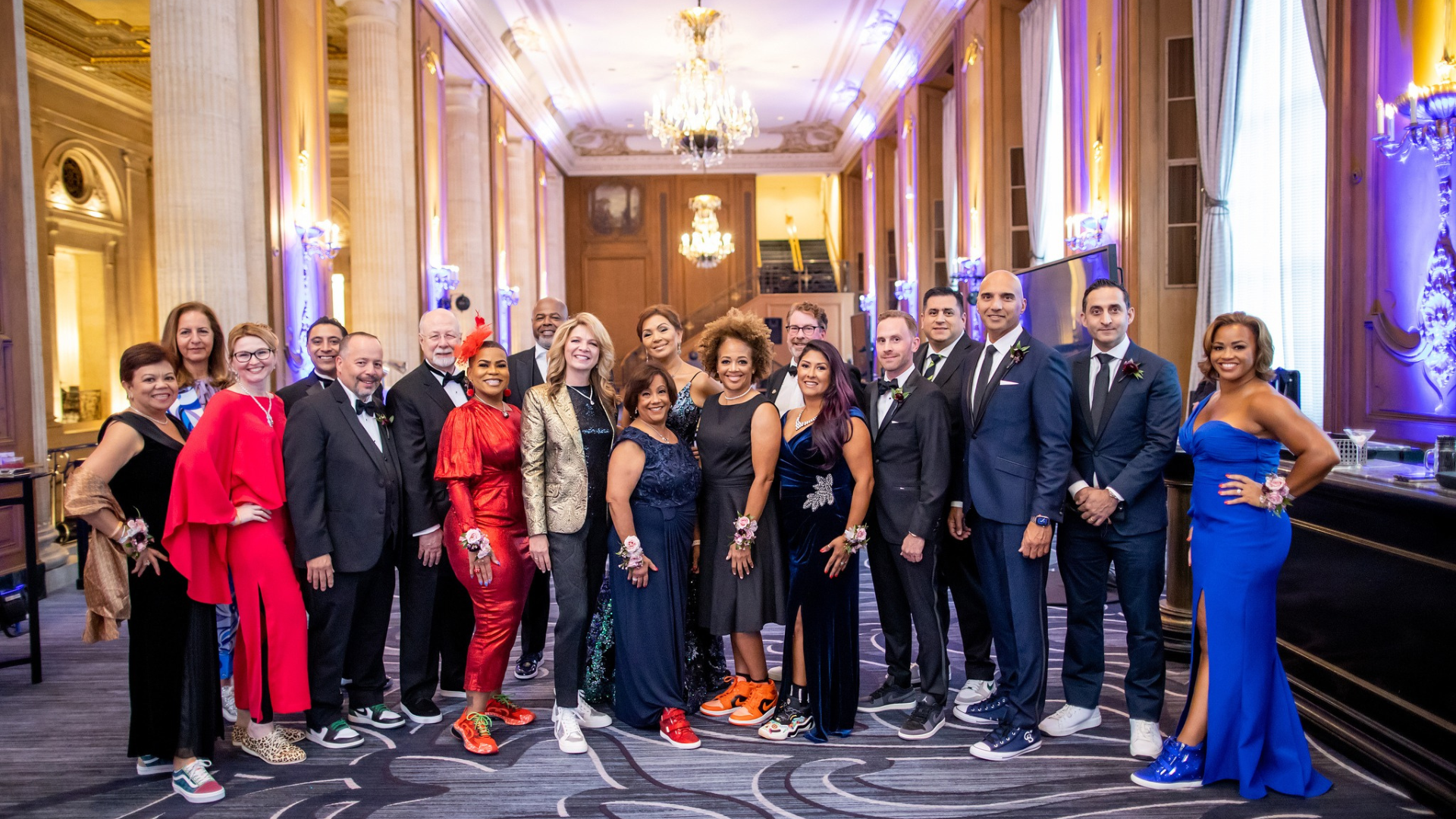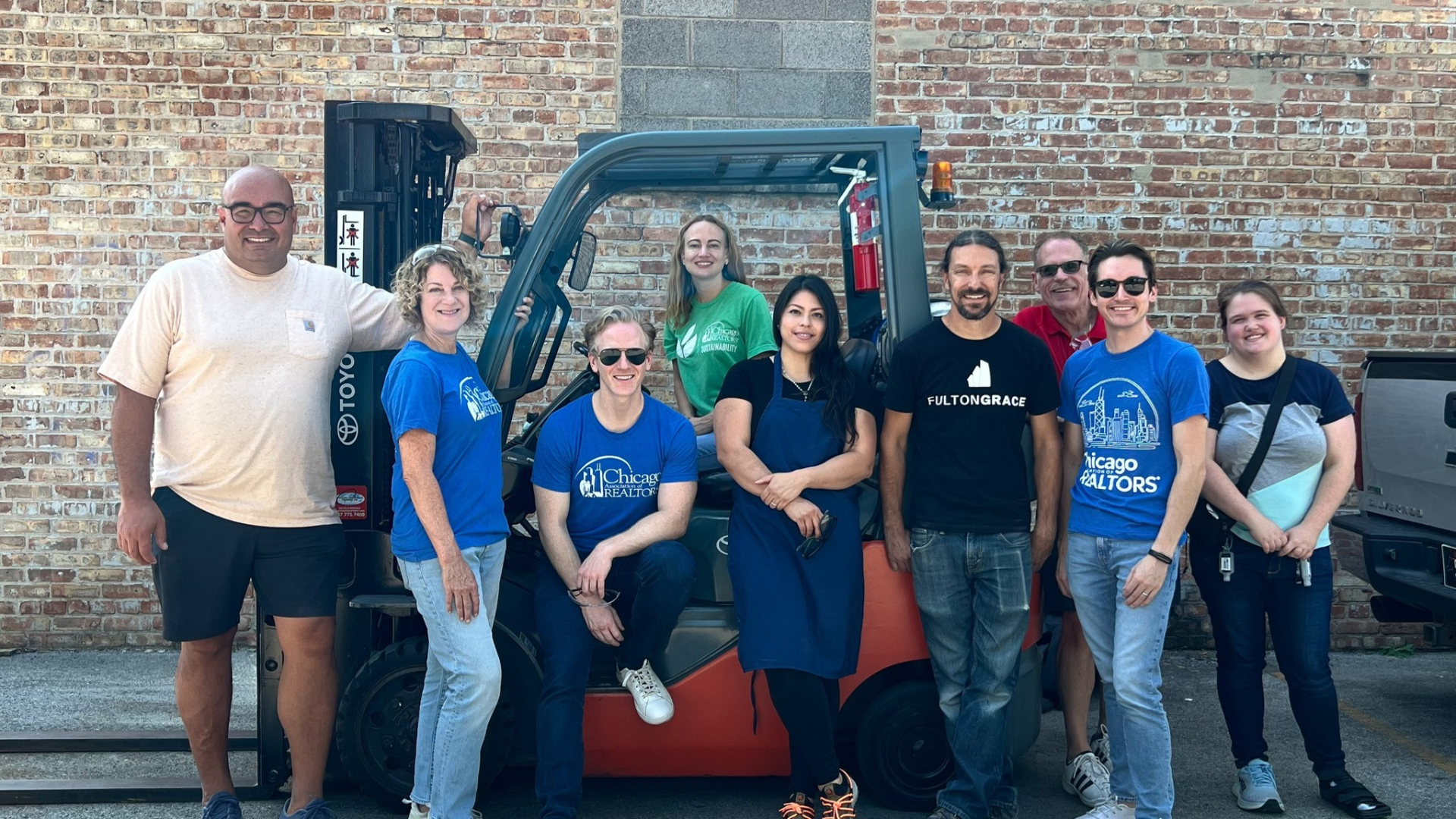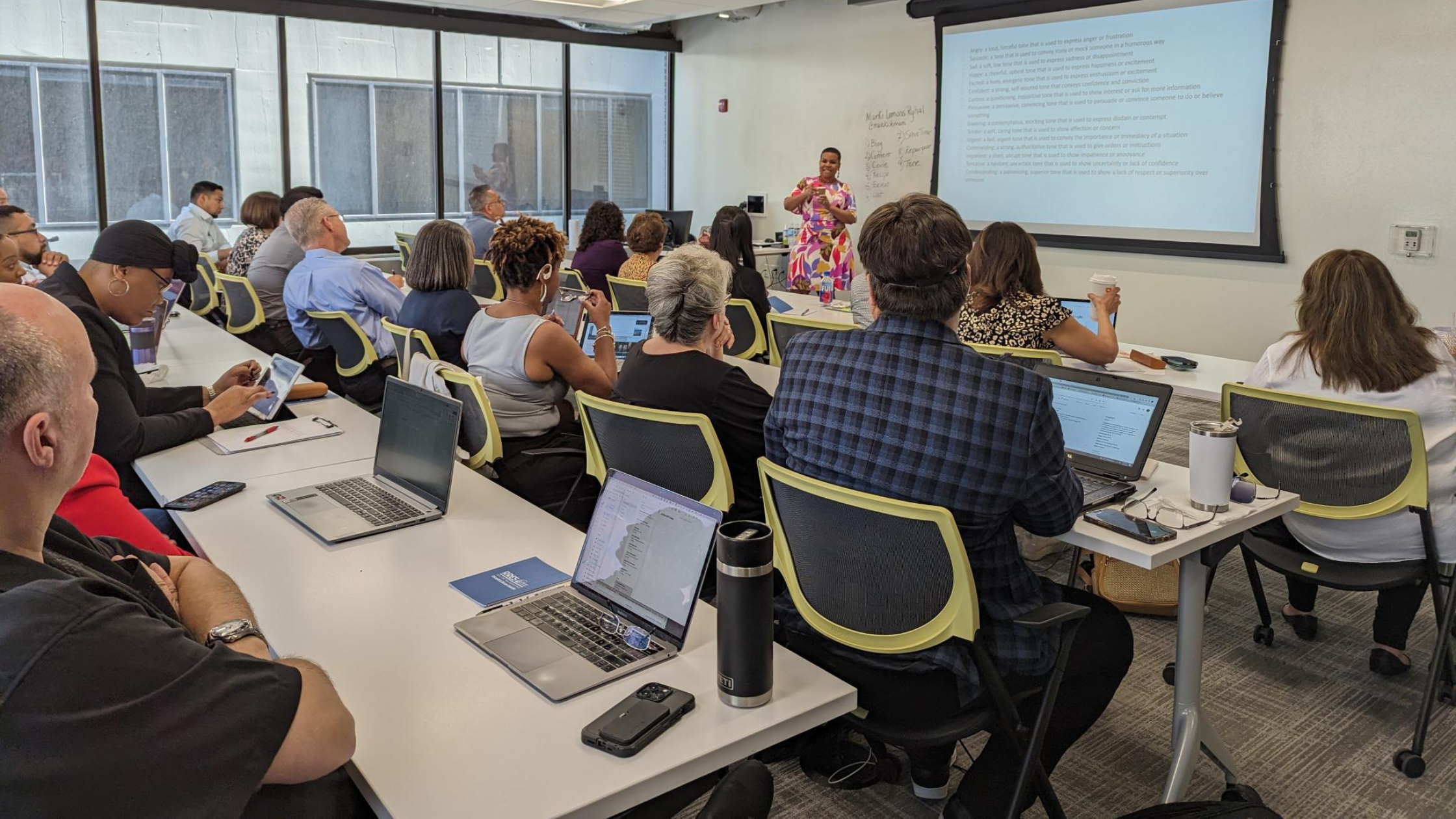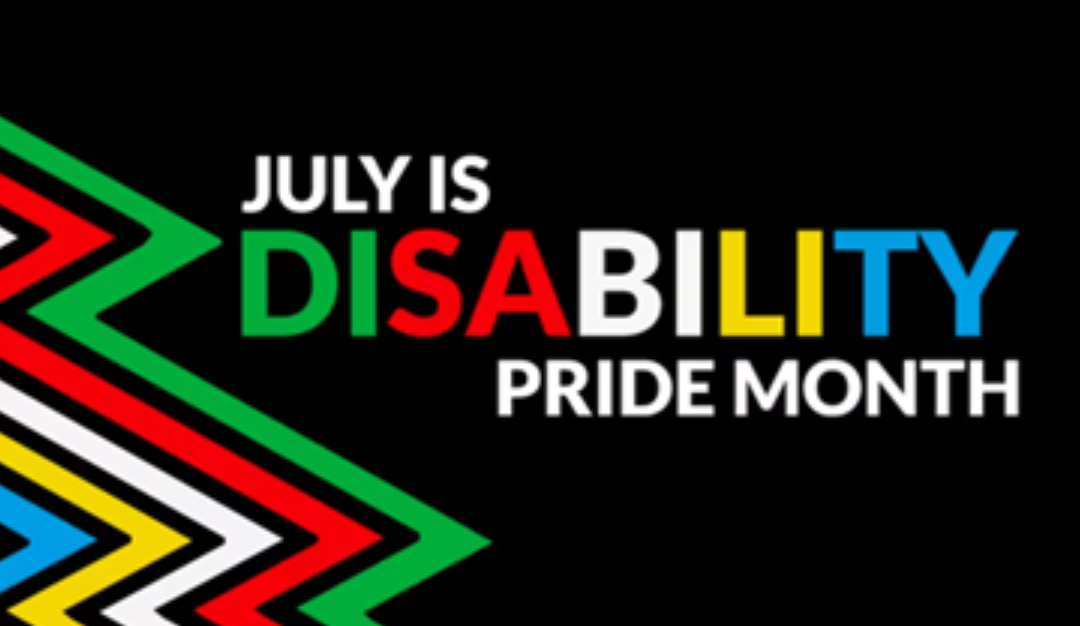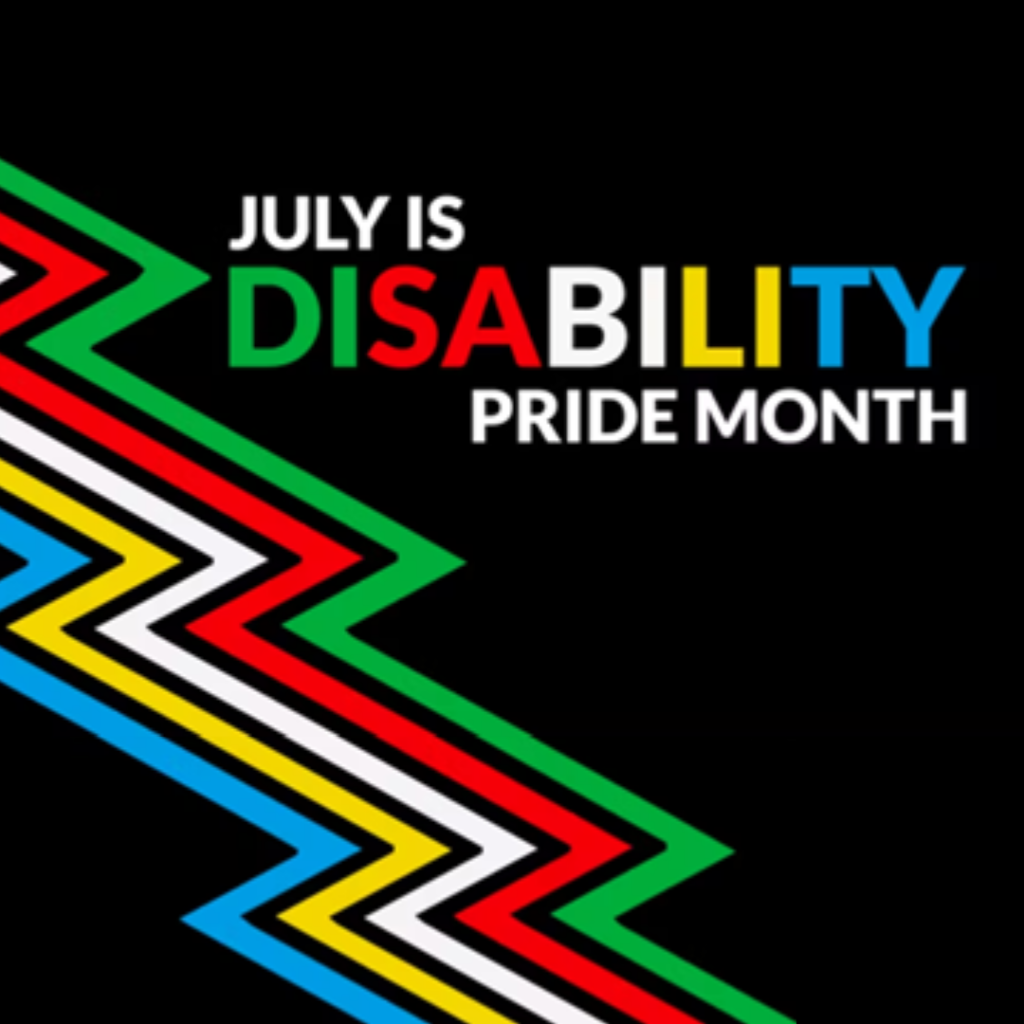What is Disability Pride Month?
July is Disability Pride Month, and this year, it’s celebrating its 33rd anniversary. Disability Pride Month began following the passing of the Americans with Disabilities Act (ADA) on July 26, 1990, which prohibits discrimination against people with disabilities.
Learn More About the Disability Pride Flag
The Disability Pride Flag was created by Ann Magill, a member of the disabled community, and each of its elements symbolizes a different part of the community.
The Black Background: Represents the disabled people who have lost their lives not only to their illness but also to negligence, suicide and eugenics.
Each color on the flag represents a different aspect of disability or impairment.
• Red: Physical disabilities
• Yellow: Cognitive and intellectual disabilities
• White: Invisible and undiagnosed disabilities
• Blue: Mental illness
• Green: Sensory perception disabilities
Fair Housing and Disability
The Fair Housing Act prohibits discrimination in housing and housing-related transactions because of disability.
Various federal laws require housing providers to make reasonable accommodations and reasonable modifications for individuals with disabilities. These laws also prohibit housing providers from refusing residency to persons with disabilities, or placing conditions on their residency because they require reasonable accommodations or modifications.
Did You Know?
Chicago hosts the longest-running Disability Pride parade in the country, and everyone is invited to celebrate and strengthen the pride, power and unity of people with disabilities, their families and allies! This year’s 2022 theme is “Disability Pride is Social Justice” and the parade will take place on Saturday, July 22 in the Loop. Click here to learn more about the event!
Addressing Someone With A Disability
When addressing someone, or a group of people, with a disability, is it appropriate to say “disabled people” or “people with disabilities?”
According to the Employer Assistance and Resources Network on Disability Inclusion, also known as EARN, “Person-first language emphasizes the person before the disability, for example, ‘person who is blind’ or ‘people with spinal cord injuries.’ Identity-first language puts the disability first in the description, e.g., ‘disabled’ or ‘autistic.’ Person-first or identify-first language is equally appropriate depending on personal preference. When in doubt, ALWAYS ask the person which they prefer.”
One-on-One with Disability Advocate Mia Ives Rublee
Revisit a very insightful conversation from Chicago REALTOR® Magazine where 2022 President Antje Gehrken and disability advocate Mia Ives Rublee discuss Ives Rublee’s personal homeownership journey and what REALTORS® need to know when working with the disabled community.
Five Questions to Consider During Disability Pride Month
Forbes took a deeper look at Disability Pride Month and posed five questions to clarify what Disability Pride Month is and what it may have the potential to become, including:
“Is Disability Pride Month a good thing that should be more widely recognized and celebrated?
“If done carefully and thoughtfully, Disability Pride Month has the potential to draw together some of the many “awareness days” for specific diseases and conditions, while underscoring that there is a growing and evolving disability community with a positive, assertive outlook on living life with disabilities, unapologetically, and at peace…”
NAR RESOURCES & Reporting A Disability Housing Violation or Discrimination
To report any disability housing violation or any housing discrimination, visit HUD’s website.
Watch It & Read It
While this is not a complete list of available movies and books, the list below highlights some of our favorite books and movies that portray a variety of disabilities, experiences and perspectives.
Check out the New York Public Library’s list of 15 books to celebrate Disability Pride Month here.
